By Al Hemingway
It has long been suggested that due to the union’s industrial might and its larger population, the South lost the American Civil War. The Confederacy had better leadership, both military and civilian, some have argued. However, author David Eicher, suggests otherwise.
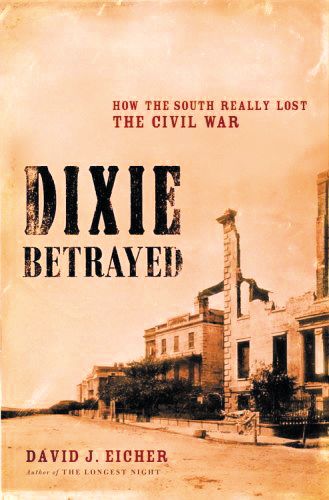 In his new book, Dixie Betrayed: How the South Really Lost the Civil War (Little, Brown and Co., New York, 2006), Eicher closely examines the newly formed government of Confederate President Jefferson Davis, his cabinet, the Congress, and his generals in the field. Eicher reached the conclusion that meddling on Davis’ part and gross indecision by the Congress lost the conflict for the South.
In his new book, Dixie Betrayed: How the South Really Lost the Civil War (Little, Brown and Co., New York, 2006), Eicher closely examines the newly formed government of Confederate President Jefferson Davis, his cabinet, the Congress, and his generals in the field. Eicher reached the conclusion that meddling on Davis’ part and gross indecision by the Congress lost the conflict for the South.
From the outset, it seems, the Confederate States of America seemed doom. Alexander “Little Aleck” Hamilton Stephens, the South’s new vice president, did not see eye-to-eye with Davis on most matters.
A “world-class hypochondriac,” Stephens and his allies were determined to overthrow Davis “if the South should survive intact.”
Soon after being sworn in as the chief executive, Davis learned of his numerous enemies in Congress. South Carolina delegate Robert Barnwell Rhett, Lawrence M. Keitt, and the surly, hard drinking Howell Cobb were among his worst detractors throughout his term in office. Issues such as conscription, the decision to enlist Blacks in the army, suspension of habeous corpus, and the formation of a Supreme Court, were but a few of the topics that, although endlessly debated, never resulted in any meaningful legislation. Until the very end of the war, with the Yankee Army at the very gates of Richmond, the Congress squabbled over these matters.
The politicians were not the only group to squabble with Davis. Generals P.G.T. Beauregard, Joseph E. Johnston (who said he should be top military commander of the Confederate Army), and Albert Sidney Johnston, were constantly bickering and complaining of their status within the army.
Despite these setbacks, Eicher contends that Davis must shoulder some of the blame for the South’s demise. From the very beginning, he set out to interfere with the war effort. Although a graduate of West Point with military service during the Mexican War, he should have allowed the commanders in the field to make their decisions. It was something President Lyndon Baines Johnson would do a century later during the Vietnam conflict with disasterous results. He also was intensely loyal to his friends. Normally this would be an admirable quality, but it did tremendous damage with his longtime friend but inept leader Braxton Bragg. In spite of the numerous pleas from Congress to relieve him, Davis found excuses to keep his friend in a position of authority.
In the end, however, it was the very thing the South treasured the most that would cause their downfall: state’s rights. During his four-year tenure, Davis had to ward off threats from various states that wanted to succeed from the Confederacy when they felt that their state was being unduly wronged. Georgia and North Carolina were in the forefront. Texas believed she was neglected because of her distance from Richmond, capitol of the Confederacy.
Eicher does a masterful job of weaving the backroom politics and the various military engagements throughout the book. From time to time he points out mistakes in Union President Abraham Lincoln’s cabinet as well. “Honest Abe,” a consummate and much more adroit politican than Davis, was able to solve this bickering by compromise.
“Americans believe in dreams,” writes Eicher. “They caused the Civil War, some have said—different dreams of what the future could be among those in the North and South. The dream of the Confederacy started out with an expectation of nobility and ended cloaked in revisionist elitism. Both dreams contain fantastic, almost unbelievable stories. But the story of what really happened is far more intriguing—and useful. If we are to learn from the history of men, we must be frank about their humanity. Those who led the Confederacy were not gods. They were men, sometimes bold and sometimes weak, sometime shameful and sometimes grand, sometimes selfish, not always sober. Together they formed an imperfect union, and together they destroyed it.”
Recent and Recommended
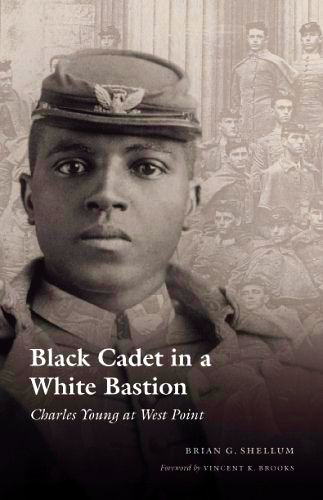 Black Cadet in a White Bastion: Charles Young at West Point, by Brian G. Shellum (University of Nebraska Press, 2006, 175pgs, photos, illustrations, maps, $16.95).
Black Cadet in a White Bastion: Charles Young at West Point, by Brian G. Shellum (University of Nebraska Press, 2006, 175pgs, photos, illustrations, maps, $16.95).
Charles Young was born into slavery and freed when President Abraham Lincoln signed the Emancipation Proclamation into law in 1863. Raised in Ohio, Young’s father served with an all black Union Army artillery unit in the western theater. His mother, who could read and write, instilled in him the desire to gain an education.
Inspired by his parent’s, Young received an appointment to West Point Military Academy, graduating in 1889. Through letters, journals, dairies, and official sources, author Brian Shellum does a fine job of allowing the reader to gain a glimpse of life at the academy during those post-Civil War years. He describes the strenuous everyday life of a cadet: academics, hazing, and the numerous duties each individual had to overcome to graduate.
Young, however, had an added burden: he was black. He would become only the third African-American to graduate from West Point and it would be nearly half a century before another black appointee would be accepted at one of our nation’s elite military institutions.
In spite of the loneliness, and being ostracized by many of his fellow classmates, Young managed to make some life long friendships with several of the white cadets. He went on to become the first African-American military attaché and, until he passed away in 1922, the highest-ranking black officer in the U.S. Army.
Despite these achievements, Young still harbored bitter feelings toward the military. His treatment, he felt, was not fair and was still painful to him, even until the time of his death.
Charles Young, however, was a “trailblazer” for hundreds of African-Americans that would follow him. His professionalism and dedication to duty set the standard for them. He fought racism and prejudice while still maintaining his pride and dignity. For this, Charles Young stands as a hero to all.
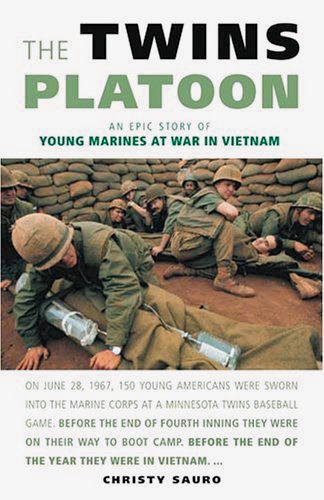 The Twins Platoon: An Epic Story of Young Marines at War in Vietnam, by Christy W. Sauro, Jr., Zenith Press, 2006, 288 pgs, photos.
The Twins Platoon: An Epic Story of Young Marines at War in Vietnam, by Christy W. Sauro, Jr., Zenith Press, 2006, 288 pgs, photos.
Every person who has ever been in the military, especially in a combat situation, often wonders what happened to those they served with. Christy Sauro in his new book The Twins Platoon wondered just that but decided to do something about it. After years of exhaustive research, he complied dozen of taped interviews, questionnaires, and scoured the official records to write an account of what became of individuals who went off to war from his home state of Minnesota.
Sauro’s story is an interesting one. Just prior to a Minnesota Twins baseball game he and 150 other men, and four young women, were sworn into the United States Marine Corps before a cheering crowd on June 28, 1967.
Most of them went to Vietnam. Some were killed, others wounded, some highly decorated, and others witnessing no combat at all. They served in various jobs and were mainly scattered throughout the I Corps section of the country.
The author does a masterful job of weaving together all the various accounts. Often times it is poignant. From the DMZ to Da Nang, they served with pride and honor. Sauro and his fellow Marines embody the spirit of the Marine Corps, giving meaning to their motto Semper Fidelis.
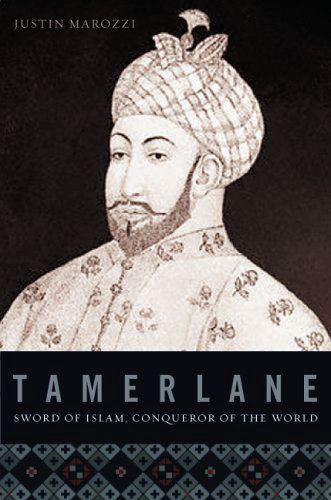 Tamerlane: Sword of Islam, Conqueror of the World, by Justin Marozzi, DaCapo Press, 2005 449 pgs, maps, charts, and illustrations.
Tamerlane: Sword of Islam, Conqueror of the World, by Justin Marozzi, DaCapo Press, 2005 449 pgs, maps, charts, and illustrations.
Historian Justin Marozzi traveled extensively throughout Asia and the Middle East to follow in the footsteps of the great Tamerlane, the successor to Genghis Khan. The result is his new book, Tamerlane: Sword of Islam, Conqueror of the World, a brilliant offering that takes a hard look at a fascinating, often times brutal, man.
Born into poverty in 1336, Tamerlane’s name was actually Temur the Lame, referring to an accident he incurred during his childhood that left him permanently crippled. The wily Asian chieftain managed to train his small group into one of the most ferocious armies of that period. His soldiers scoured the width and breadth of Asia bringing death and destruction to all who opposed them. His horde swept all the way to India, massacring most of its inhabitants and ransacking the city of Delhi. Contracting a fever, Tamerlane died in 1405 as he was poised to strike at China.
Marozzi depicts this larger-than-life figure in graphic detail. He also shows a more intellectual side of the man. Although he could not read or write, he was a brilliant military strategist. At dinner, he had history read to him and could speak three different languages. Tamerlane was indeed a multifaceted individual who ruled over an immense empire at the time of his death.
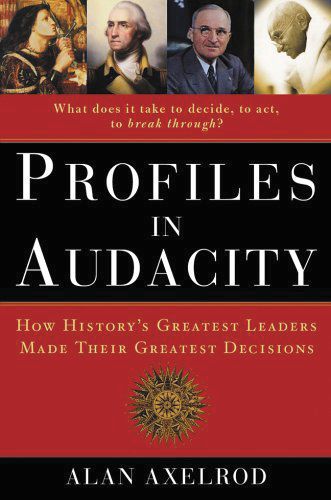 Profiles in Audacity: How History’s Greatest Leaders Made Their Greatest Decisions, by Alan Axelrod, Sterling Publishing Co., Inc, 2006, 314 pgs.
Profiles in Audacity: How History’s Greatest Leaders Made Their Greatest Decisions, by Alan Axelrod, Sterling Publishing Co., Inc, 2006, 314 pgs.
“The Buck Stops Here” proclaimed President Harry S. Truman. Truman was a man not afraid to make challenging decisions. In 1945, he made one of the most monumental choices that altered the course of world events —- the decision to drop the atomic bombs to end the war with Japan.
In his new book, Profiles in Audacity, author Alan Axelrod has compiled forty-four compelling vignettes and organized them into various topics to illustrate the numerous decisions made throughout the course of history that have, in many cases, directly affected the world we live in today.
The last entry in the book is most gripping: the events surrounding United Airlines Flight 93 on September 11, 2001. Bound for San Francisco, the aircraft was hijacked by a group of crazed terrorists who wanted to fly the Boeing 757 into the United States Capitol building in Washington, DC.
Their plans, fortunately, were thwarted when a group of passengers, led by Todd Beamer, decided to wrestle control of the plane from them. By doing so, they sealed their own fate, but saved the lives of hundreds of innocent people that morning.
That’s what Profiles in Audacity is all about ordinary people making extraordinary decisions.
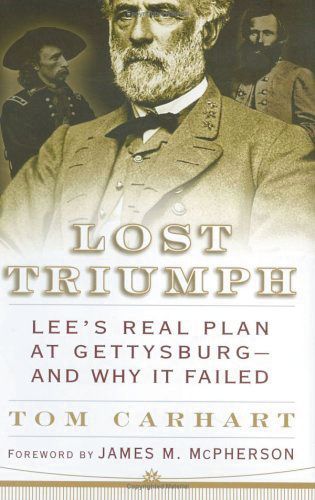 Lost Triumph: Lee’s Real Plan at Gettysburg and Why it Failed, by Tom Carhart (Berkley Publishing Group, 2006, 288 pgs, maps).
Lost Triumph: Lee’s Real Plan at Gettysburg and Why it Failed, by Tom Carhart (Berkley Publishing Group, 2006, 288 pgs, maps).
Over the years much has been written about the battle of Gettysburg. In his new book, Lost Triumph, historian Tom Carhart offers a fresh new rendition that raises a very interesting question: was Pickett’s charge just a diversionary tactic?
Carhart maintains that southern Gen. Robert E. Lee sent Gen. Jeb Stuart’s cavalry to strike at the rear of Union Gen. George C. Meade’s forces. If he had succeeded, the gray horsemen would have penetrated the Yankee lines at the rear of Culp’s Hill and the Fishhook. It would have been a brilliant Confederate victory far exceeding that of Chancellorsville.
What, then, prevented Lee’s bold plan from succeeding? It was a brash, young Union cavalry officer battling Stuart’s troopers at East Cavalry Field and stopping their advance. His name was George Armstrong Custer. The aggressive Custer, leading a “suicidal attack” at the head of the First Michigan Cavalry against the Confederate cavalry, may have saved the day for the Union.
Lost Triumph offers a convincing argument to support this astounding claim. Carhart also contends that Lee and his subordinates purposely concealed the truth in their after action reports after the campaign. The book is compelling reading offering a new twist on the battle that was the turning point of the Civil War.
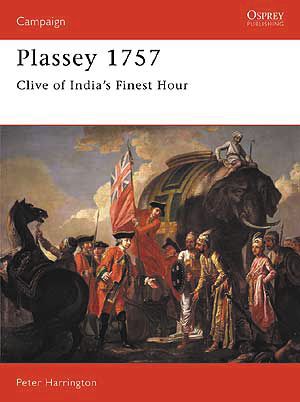 Plassey 1757: Clive of India’s Finest Hour, by Peter Harrington, Praeger Press, 2005, 96 pgs, maps, photos, and illustrations.
Plassey 1757: Clive of India’s Finest Hour, by Peter Harrington, Praeger Press, 2005, 96 pgs, maps, photos, and illustrations.
On June 23, 1757, Robert Clive of the East India Company, with a small force of 3,000 men consisting of British and Indian soldiers, known as Sepoys, attacked a larger force of 35,000 troops under the Nawab of Bengal, Siraj-ud-daulah.
In a mango grove lying midway between Calcutta and Murshidabad, Clive’s tiny contingent soundly defeated the Nawab’s army. In addition to having a better-trained soldier, Clive deceived the Nawab by concocting a deal with Mir Jafar. Also, the Nawab’s soldiers were bribed and many threw down their weapons and fled the battlefield once the fighting started.
Plassey 1757 is rich with photos, drawings, illustrations, and maps that allow the reader to follow the campaign. Also, the book explains how people can establish their own board game modeled after the battle.
All in all, Plassey 1757 is an interesting account of a most captivating era in British military history.
 Fire At Sea: The Tragedy of the Soviet Submarine Komsomolets, by D.A. Romanov, edited by K.J. Moore, Potomac Books, 2006, 267 pgs, illustrations, photos.
Fire At Sea: The Tragedy of the Soviet Submarine Komsomolets, by D.A. Romanov, edited by K.J. Moore, Potomac Books, 2006, 267 pgs, illustrations, photos.
Almost immediately after the terrible accident that caused the sinking of the Russian submarine Kossomolets, the finger pointing began. The Soviet military hierarchy blamed the designers of the ship and its builders.
The author of Sea of Fire: The Tragedy of the Soviet Submarine Komsomolets, D.A. Romanov, was the assistant chief designer for the project and vehemently disagrees with the Russian Navy. He cites other design flaws that can be attributed to the accident that sunk the sub in April 1989. The malfunction of the emergency buoy, failure of the sunken submarine locator, life rafts did not inflate properly, survival and diving suits were difficult to use, the crew’s face masks were “uncomfortable and unreliable,” and the communications system was flawed as well. The Navy, the author claims, accepted all of the above inferior equipment.
Romanov displays tremendous courage to step forward and disagree with the Soviet Navy. As Russian Vice Admiral E.D. Chernov, Hero of the Soviet Union, commented after he read his book: “The designer’s truthful and honest narrative should be useful both to all levels and ranks of specialists in the shipbuilding industry and naval personnel in service afloat.”
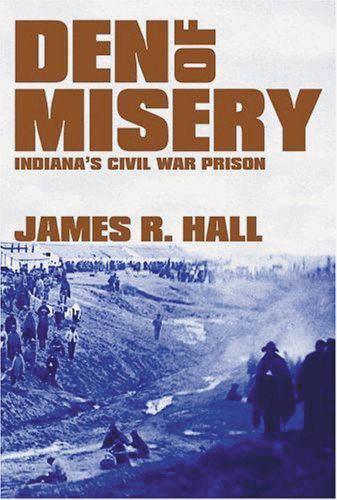 Den of Misery: Indiana’s Civil War Prison, by James R. Hall, Pelican Publishing Co., 2006, 159 pgs, photos.
Den of Misery: Indiana’s Civil War Prison, by James R. Hall, Pelican Publishing Co., 2006, 159 pgs, photos.
That den of misery a little north of Indianapolis known as Camp Morton,” is the way J.K. Womack described it. A Baptist minister and Confederate Civil War veteran, he managed to survive the horrors of that Union prisoner of war camp.
Much has been written of the atrocities and harsh treatment of Union prisoners at Andersonville. Very little, however, was revealed about the similar behavior administered towards Rebel soldiers confined in northern prisons.
In his new book Den of Misery: Indiana’s Civil War Prison, James R. Hall describes in detail the dreadfulness of Camp Morton through the eyes of John A. Wyeth, a young cavalryman from Alabama. Wyeth would endure the squalid prison life and be released at war’s end and go on to study medicine and become a prominent physician in New York City. In 1891 he penned his shocking account revealing the truth about Camp Morton in Century Monthly Magazine. In it, he debunked a Union “propaganda campaign” designed to squash the truth about northern facilities such as Morton and Elmira while admonishing southern prisons.
“War brings out the worst and the best in people,” someone once wrote. The brutal and sadistic actions toward prisoners on both sides certainly illustrate this point. Hall’s book sheds light on a most disturbing aspect of the Civil War. One, however, although embarrassing to some, should not be overlooked as part of our nation’s history.
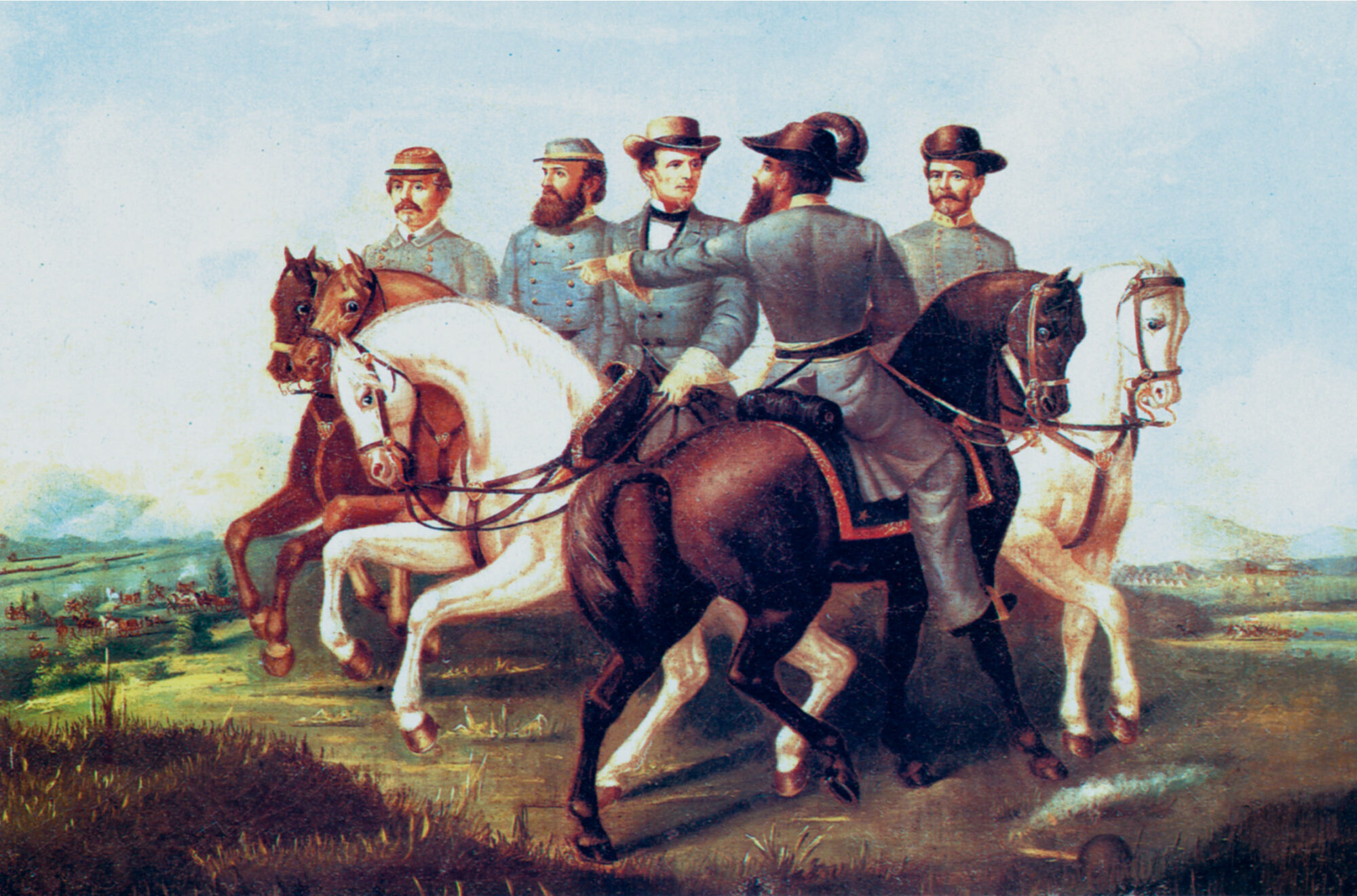
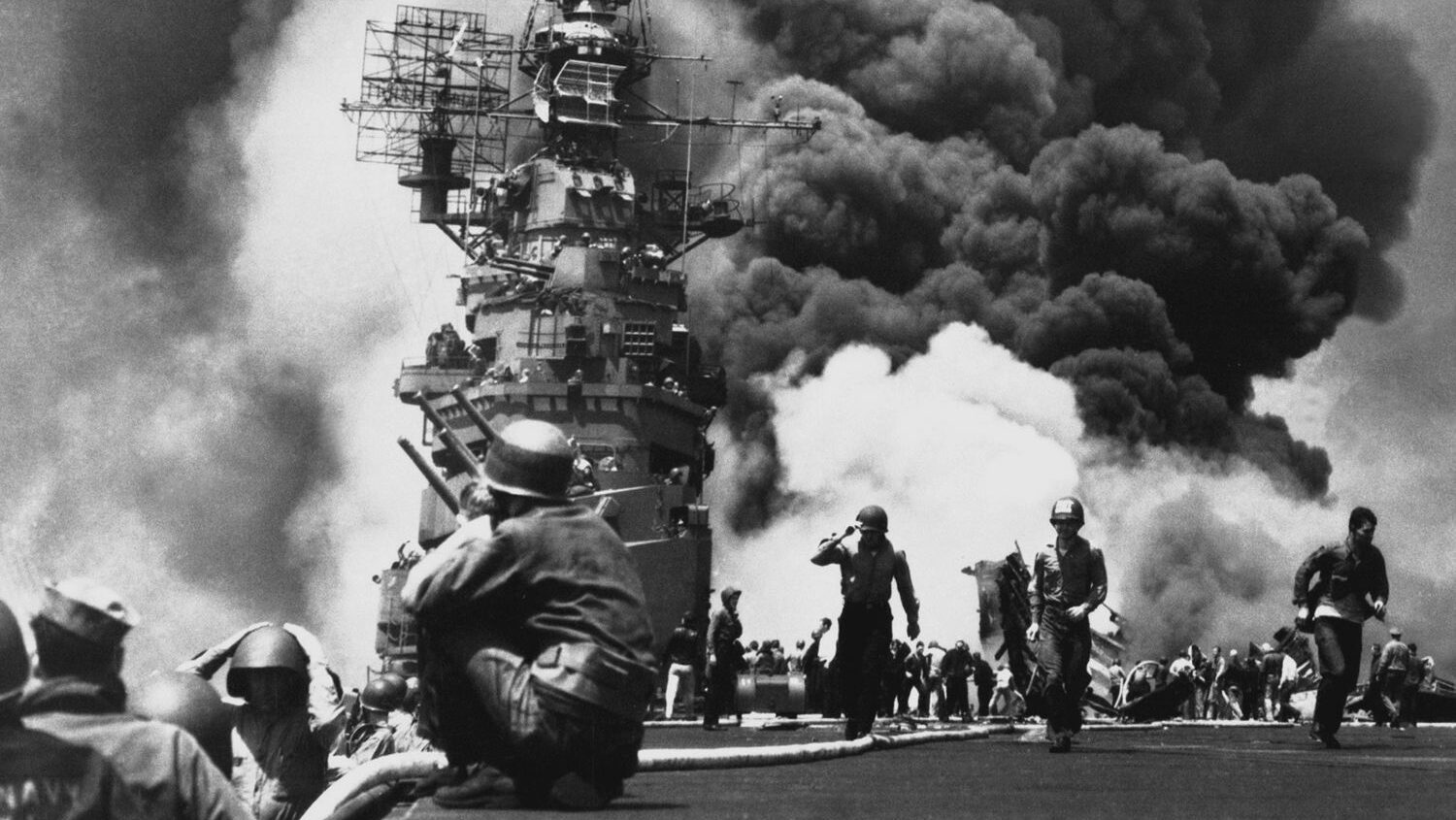

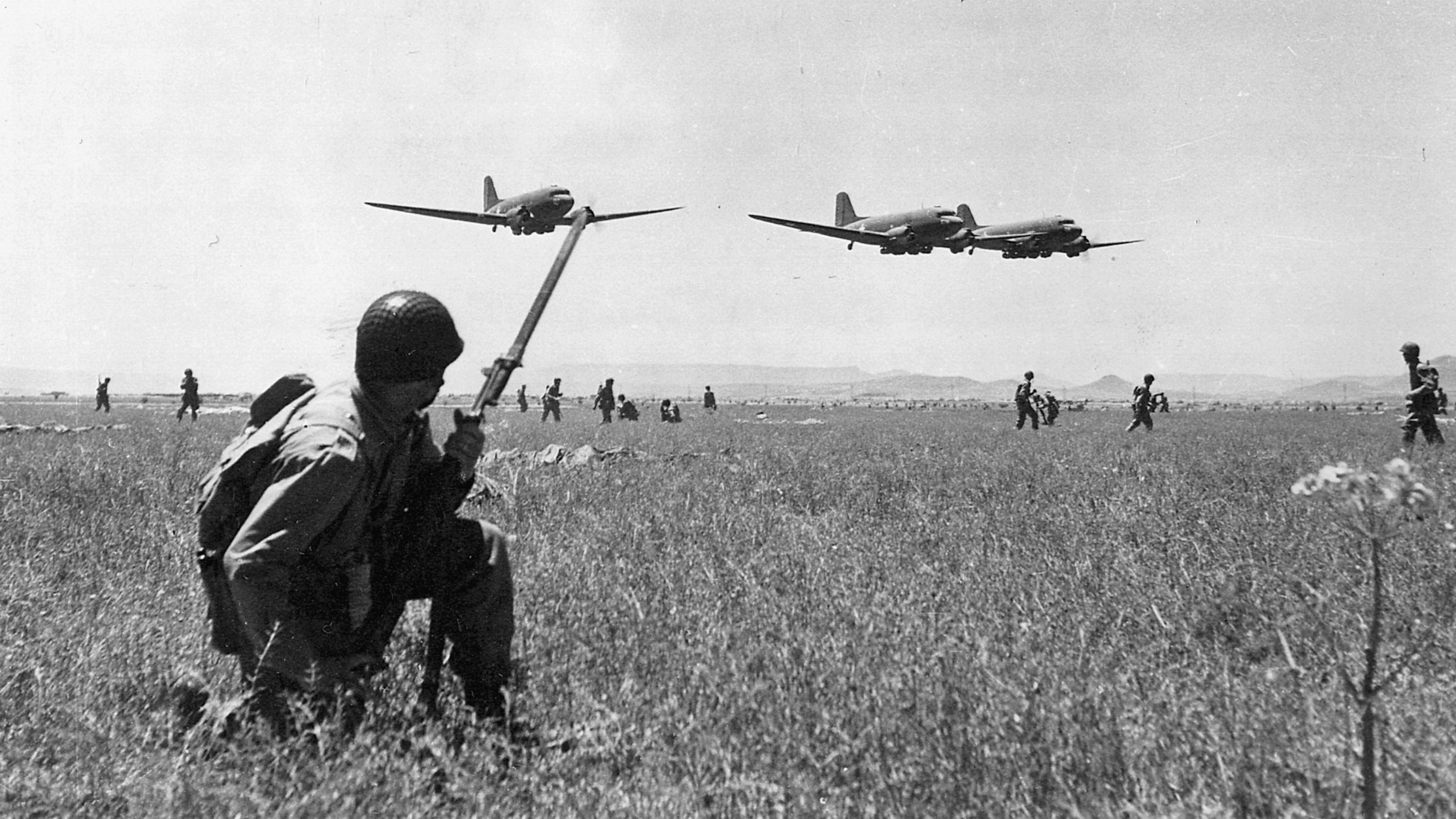
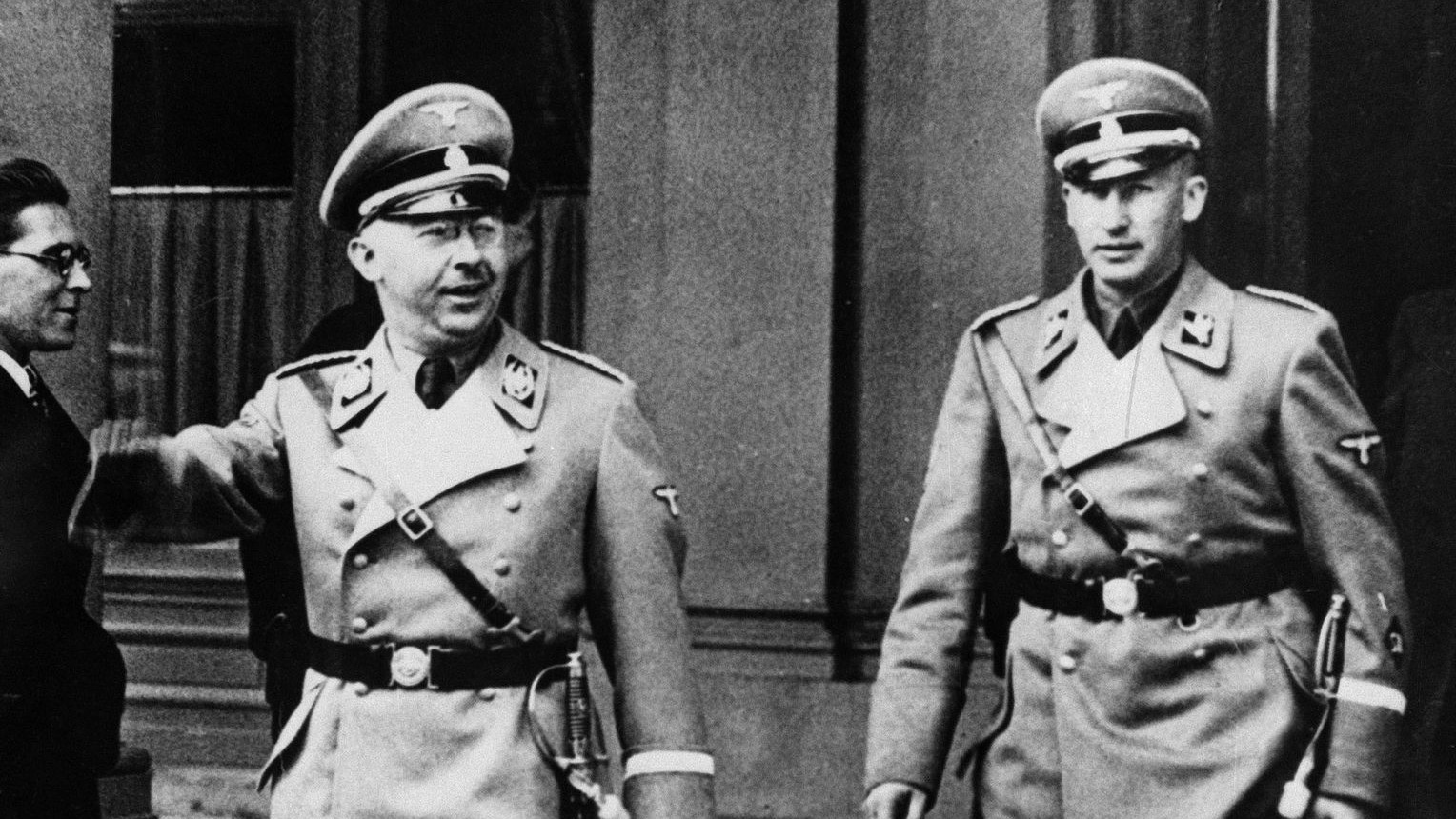
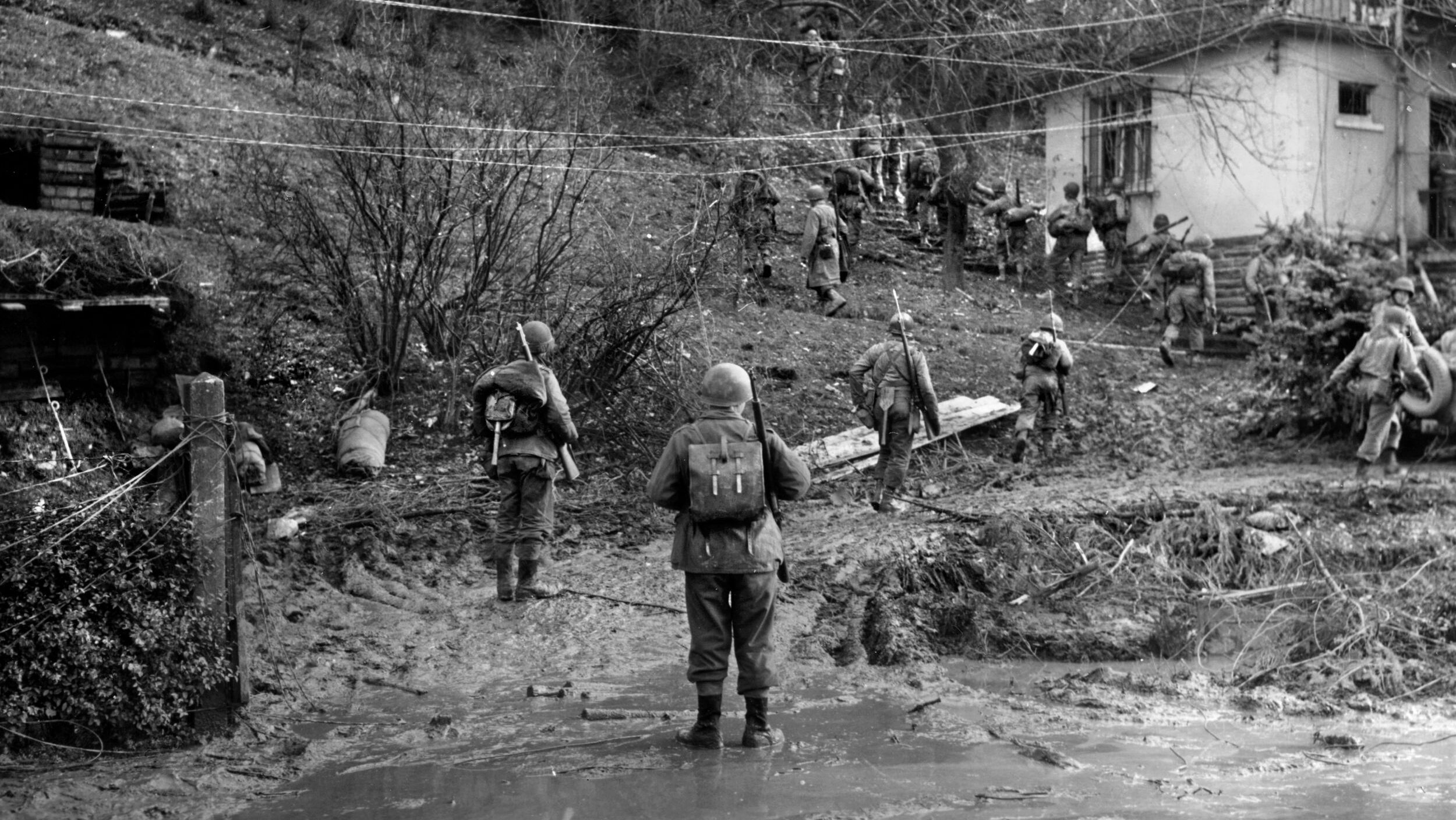
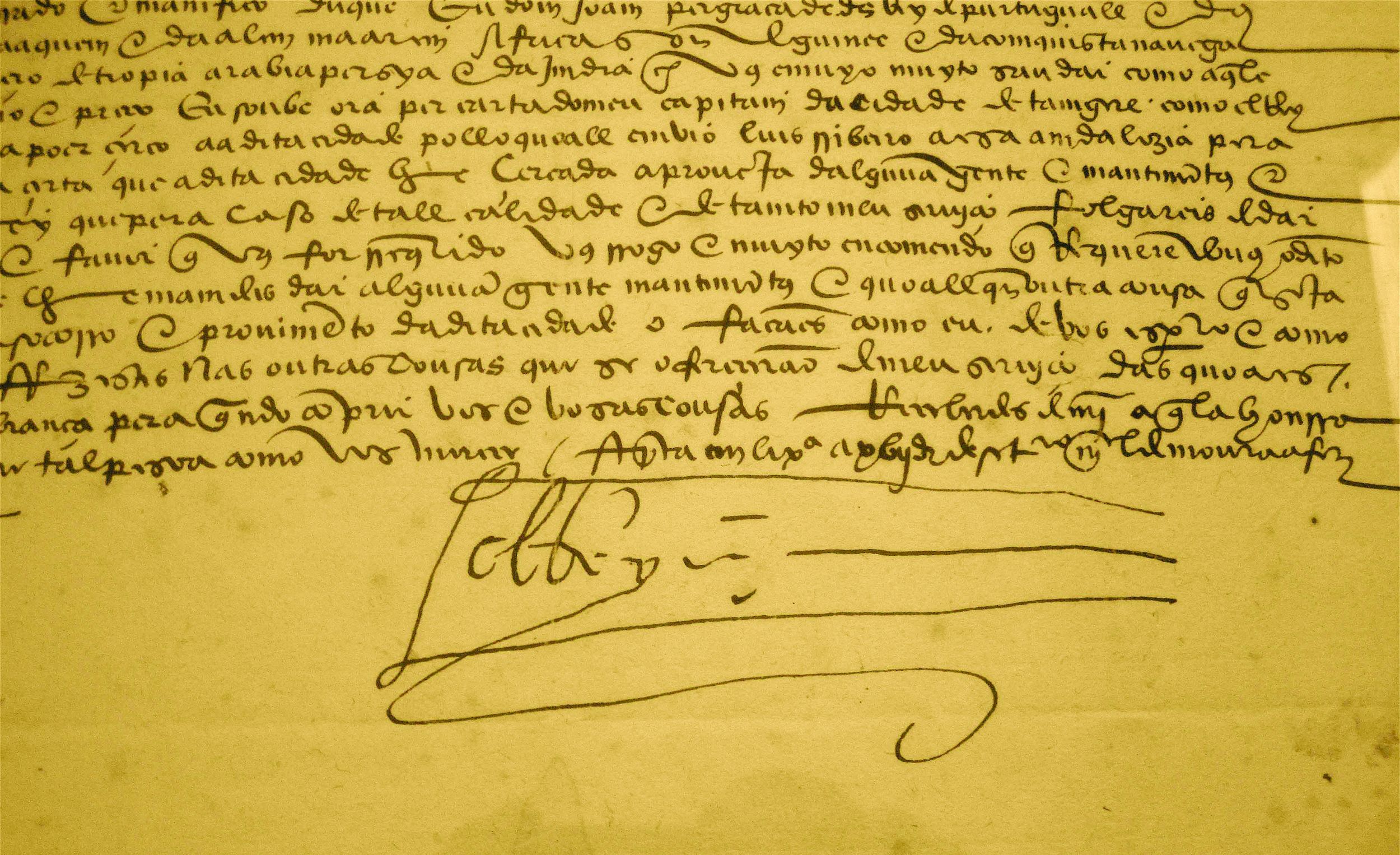
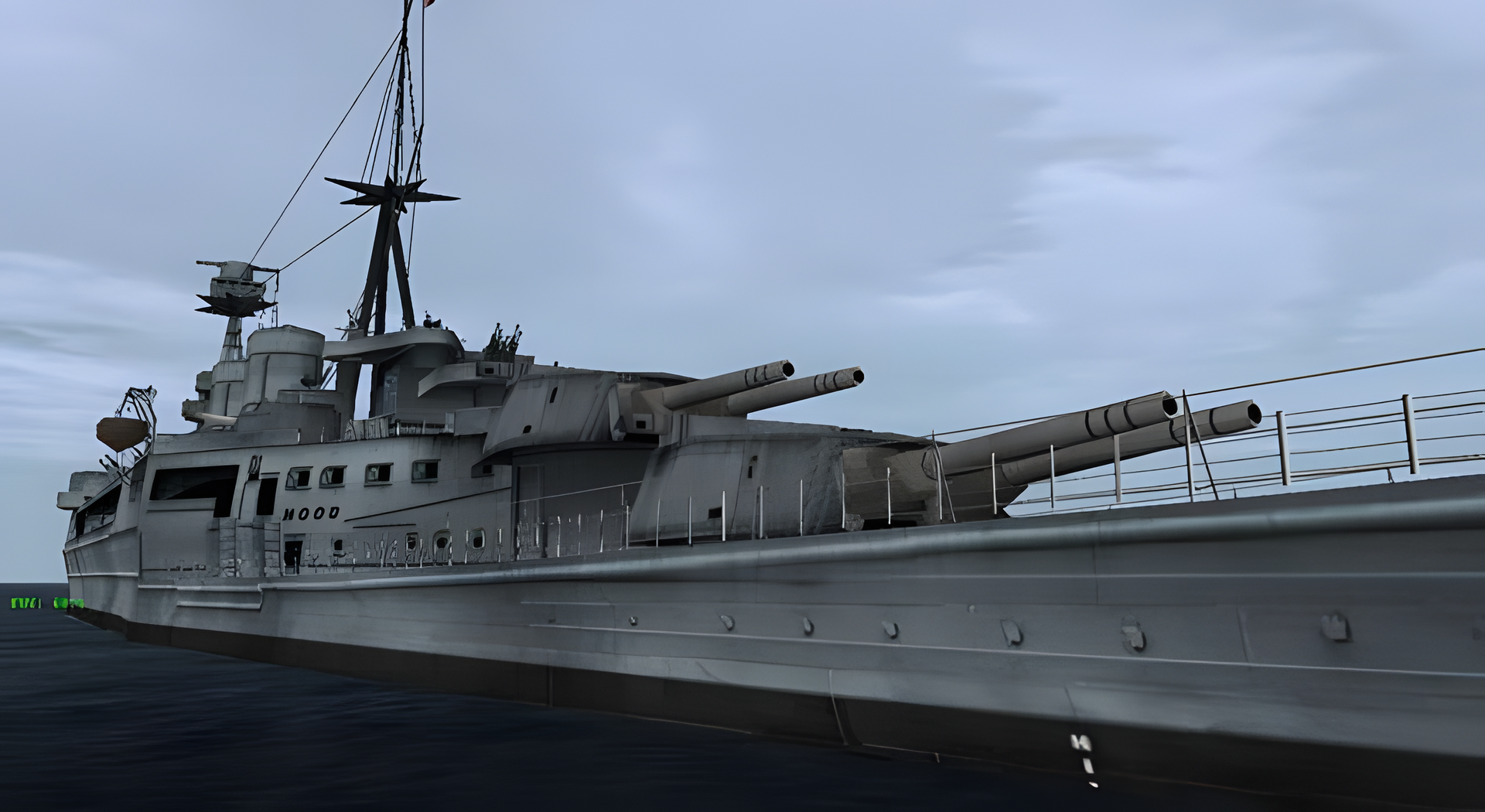
Join The Conversation
Comments
View All Comments